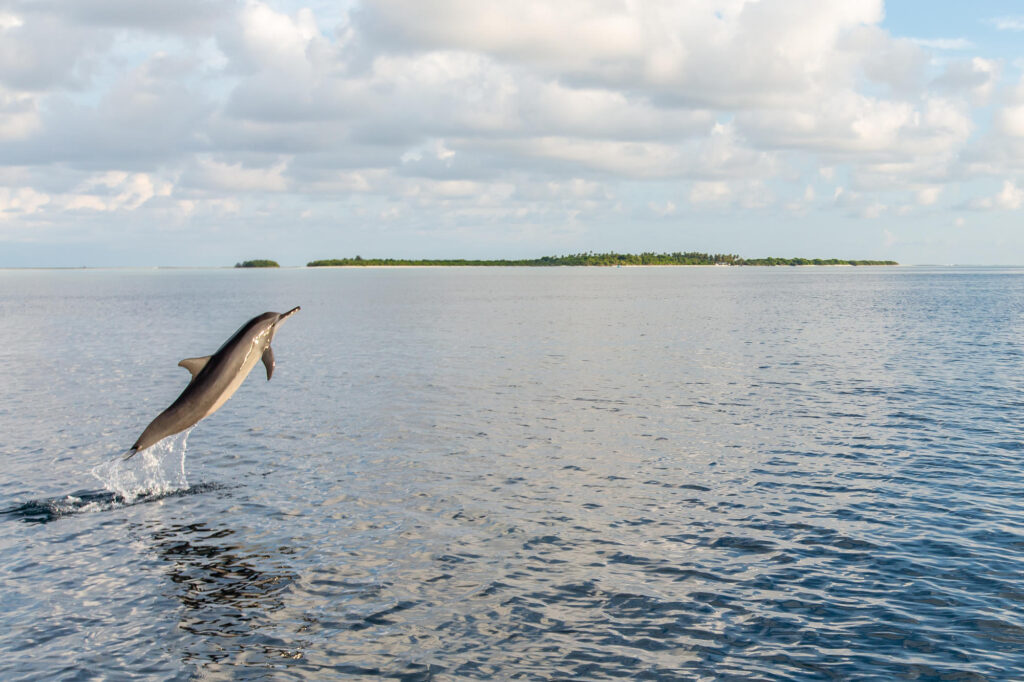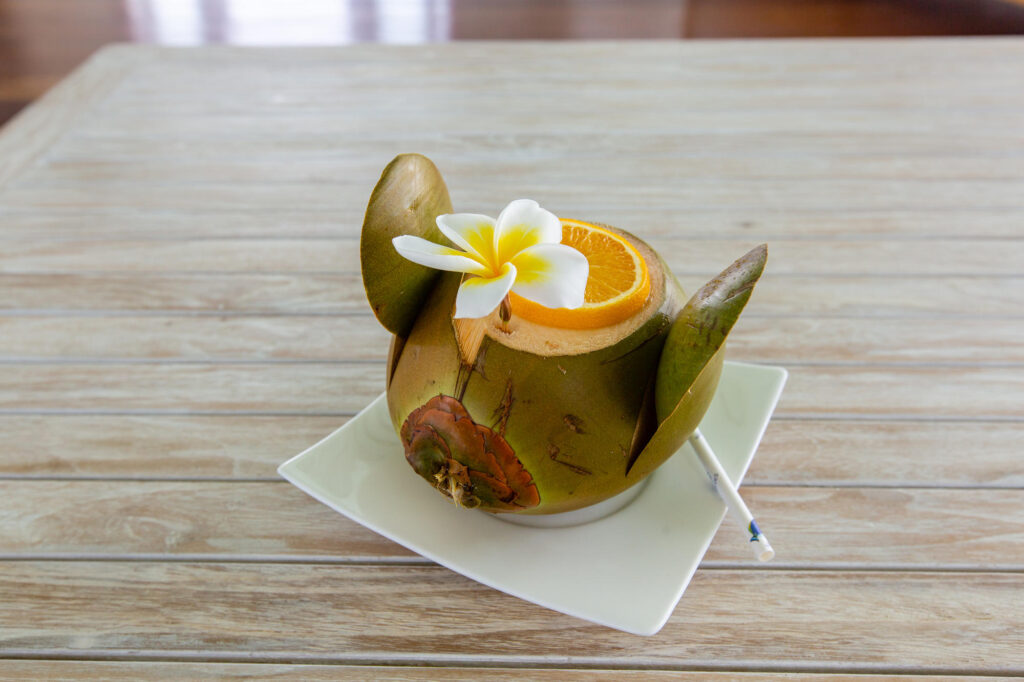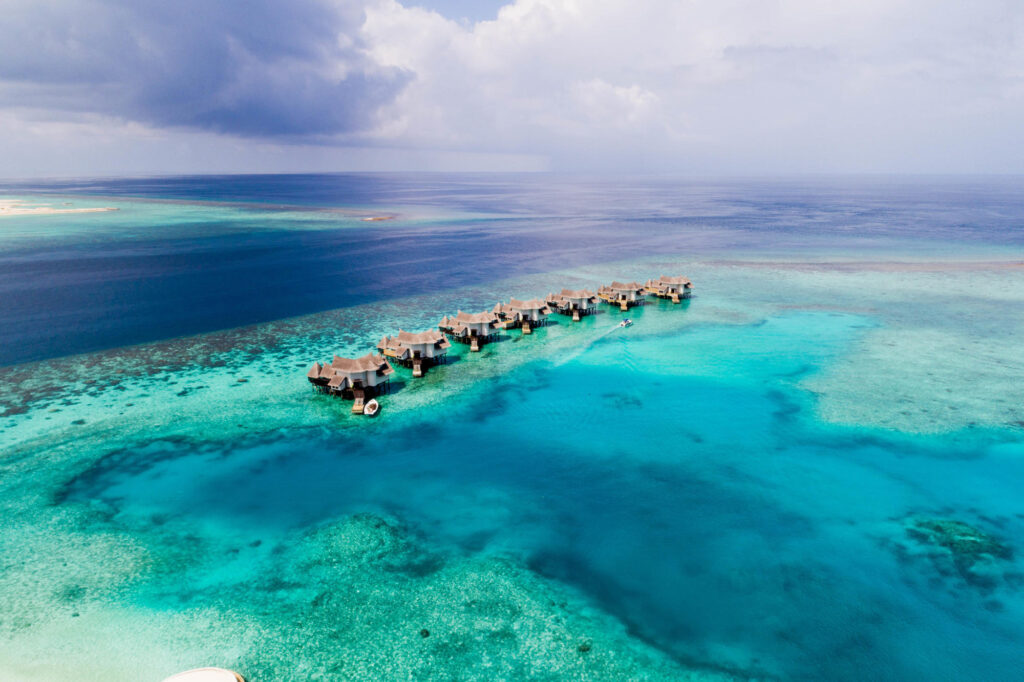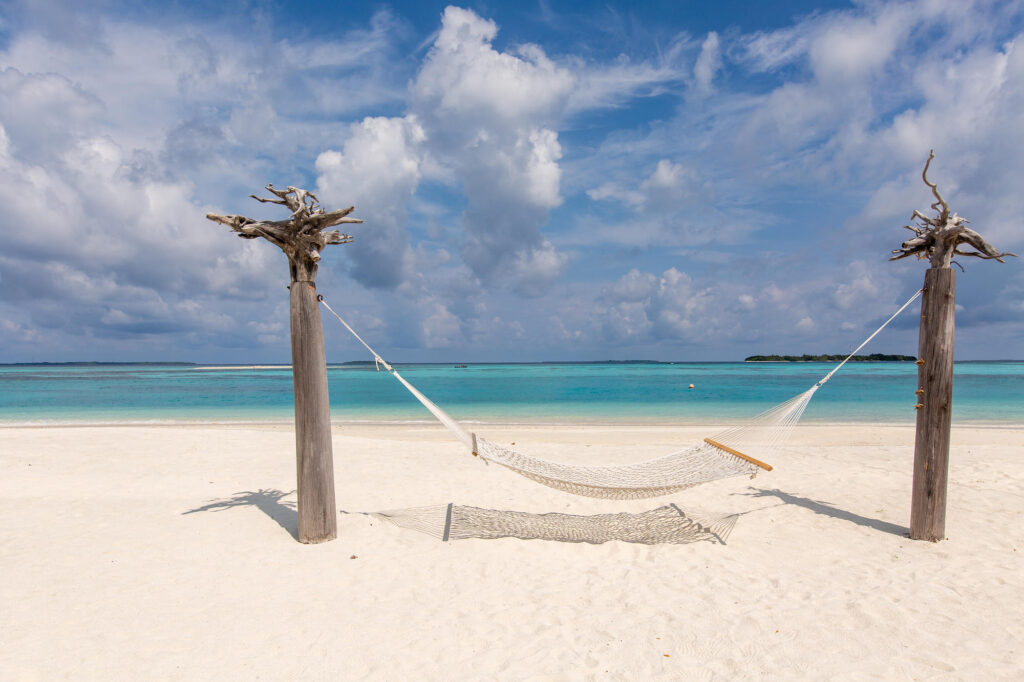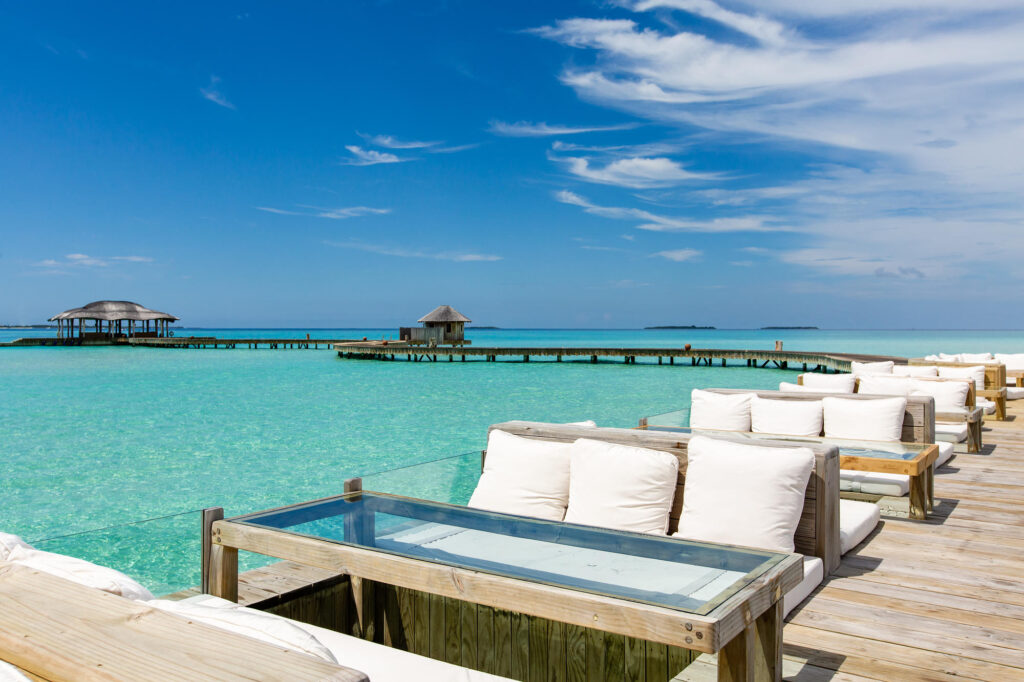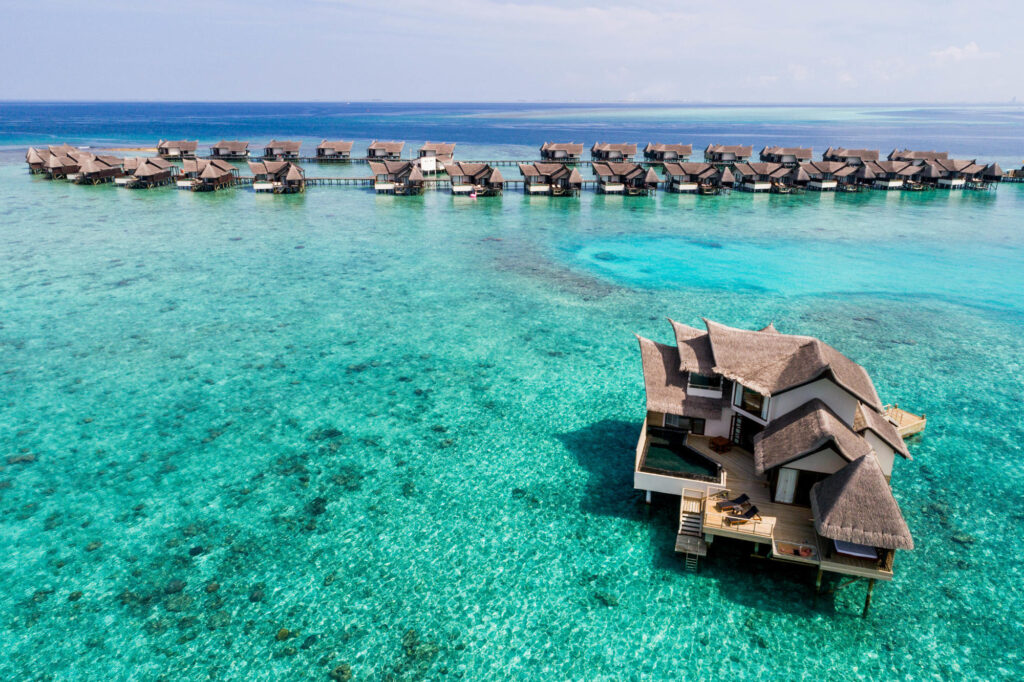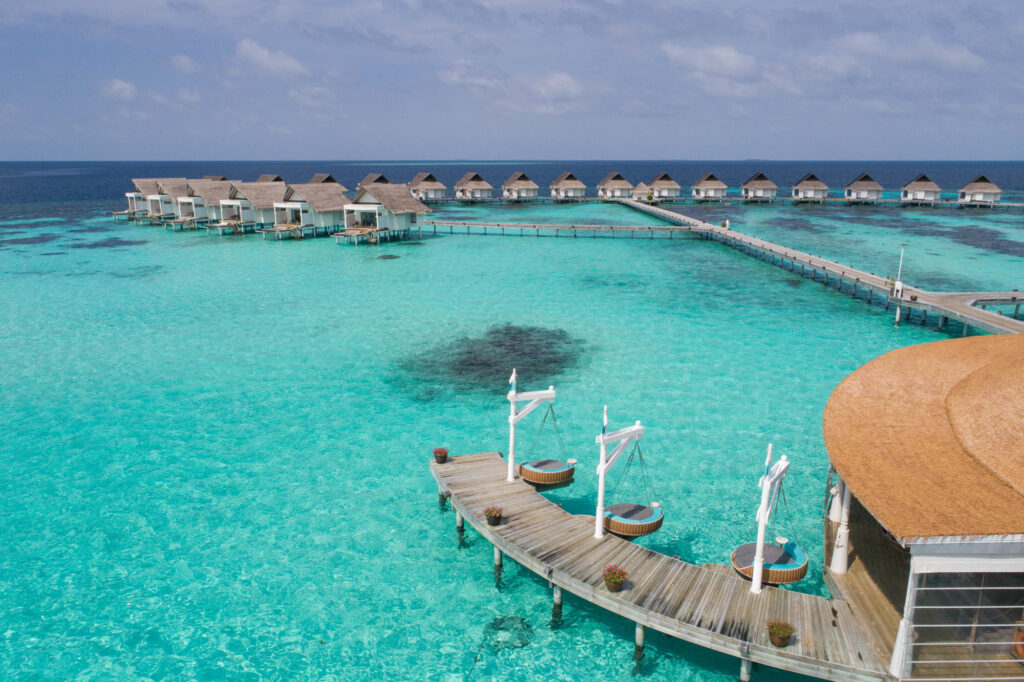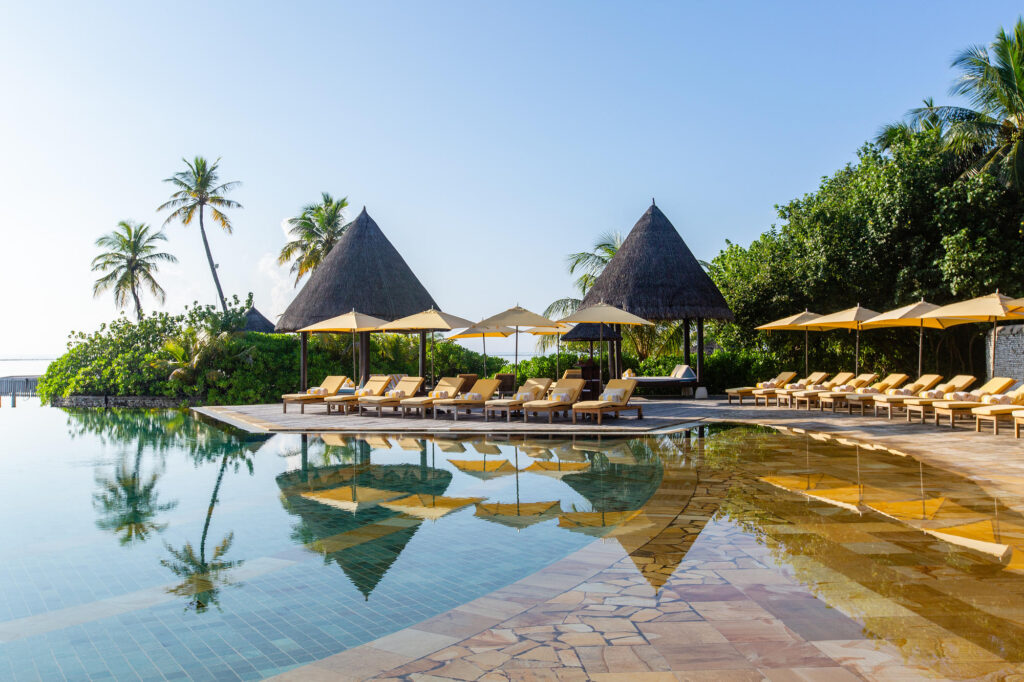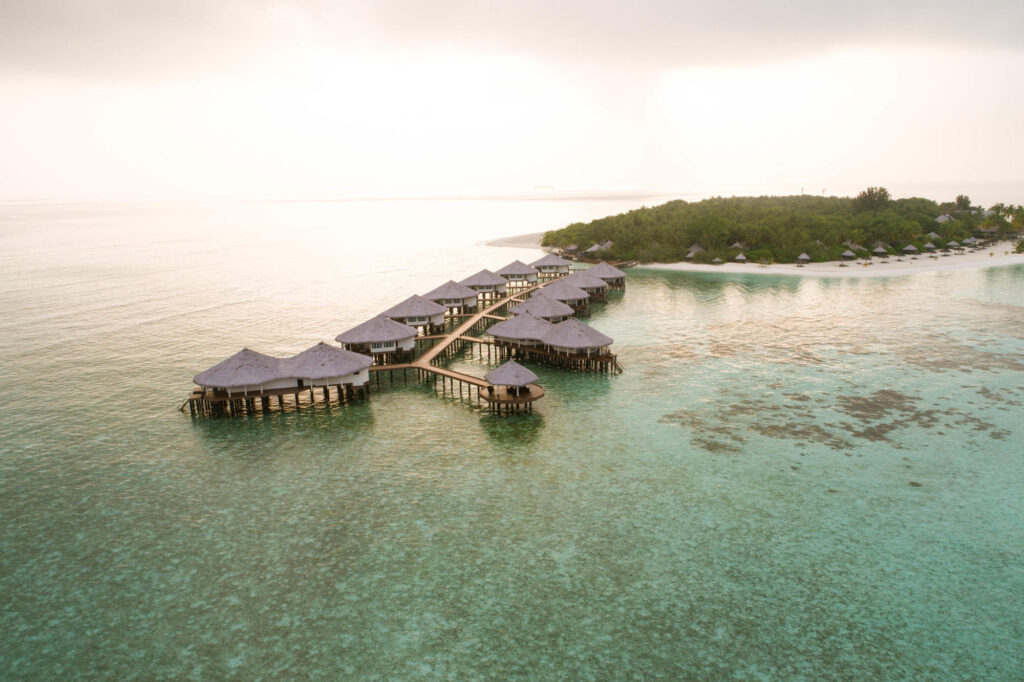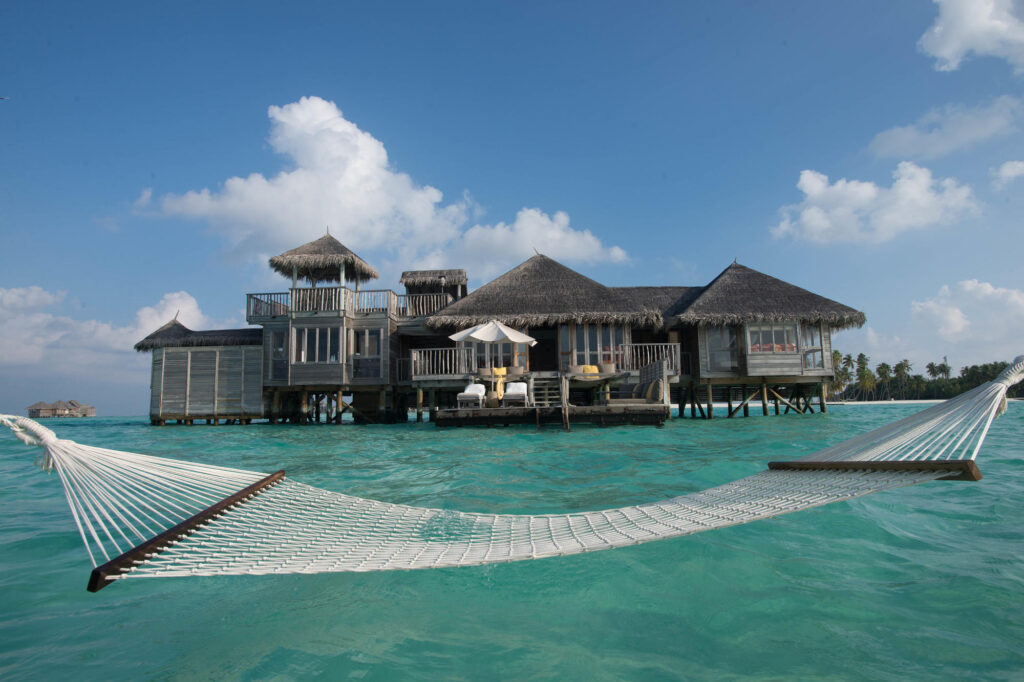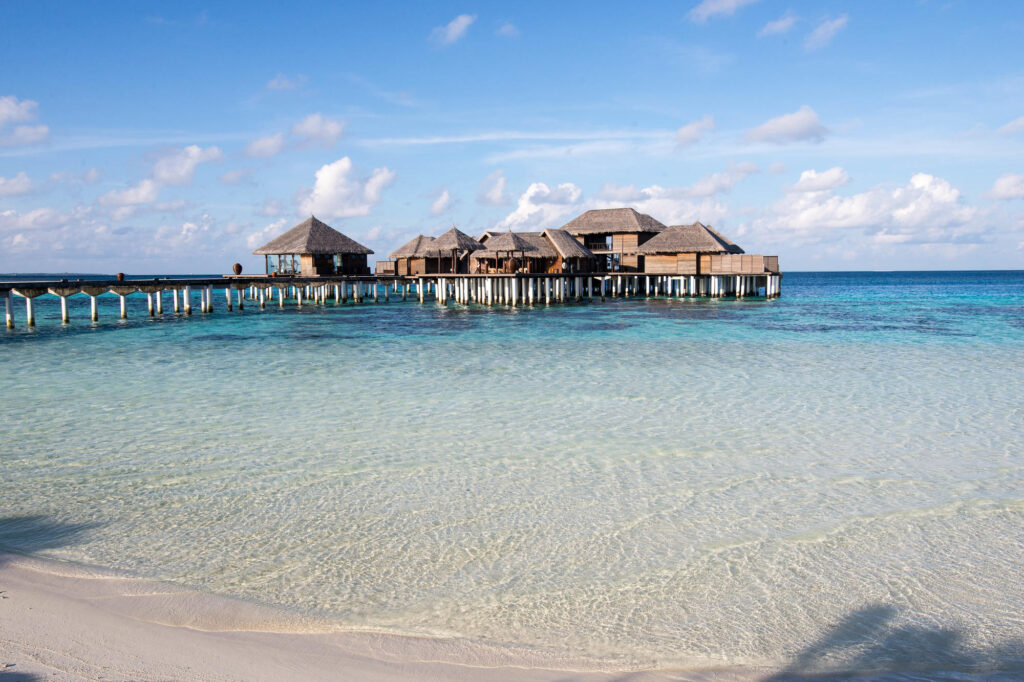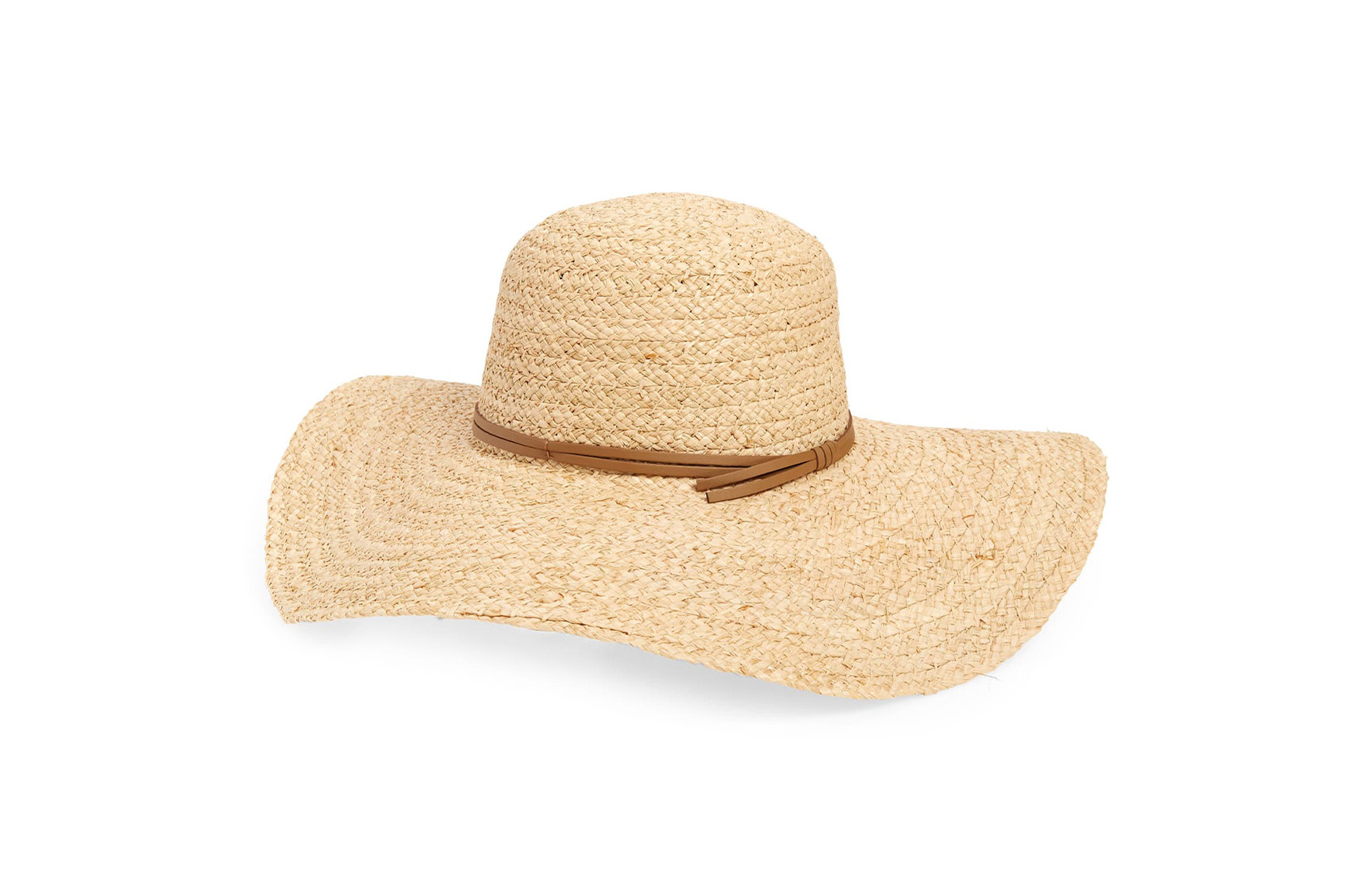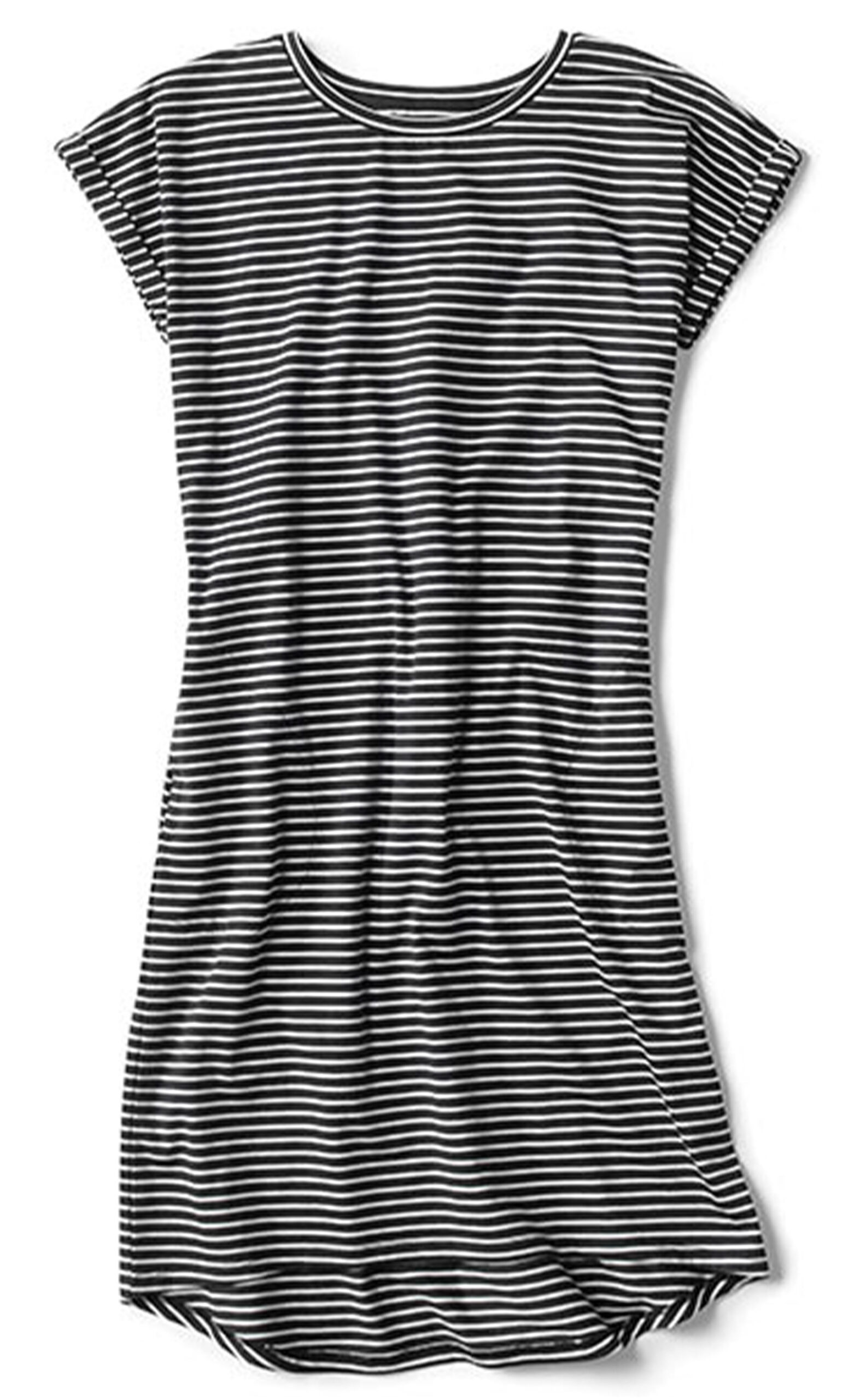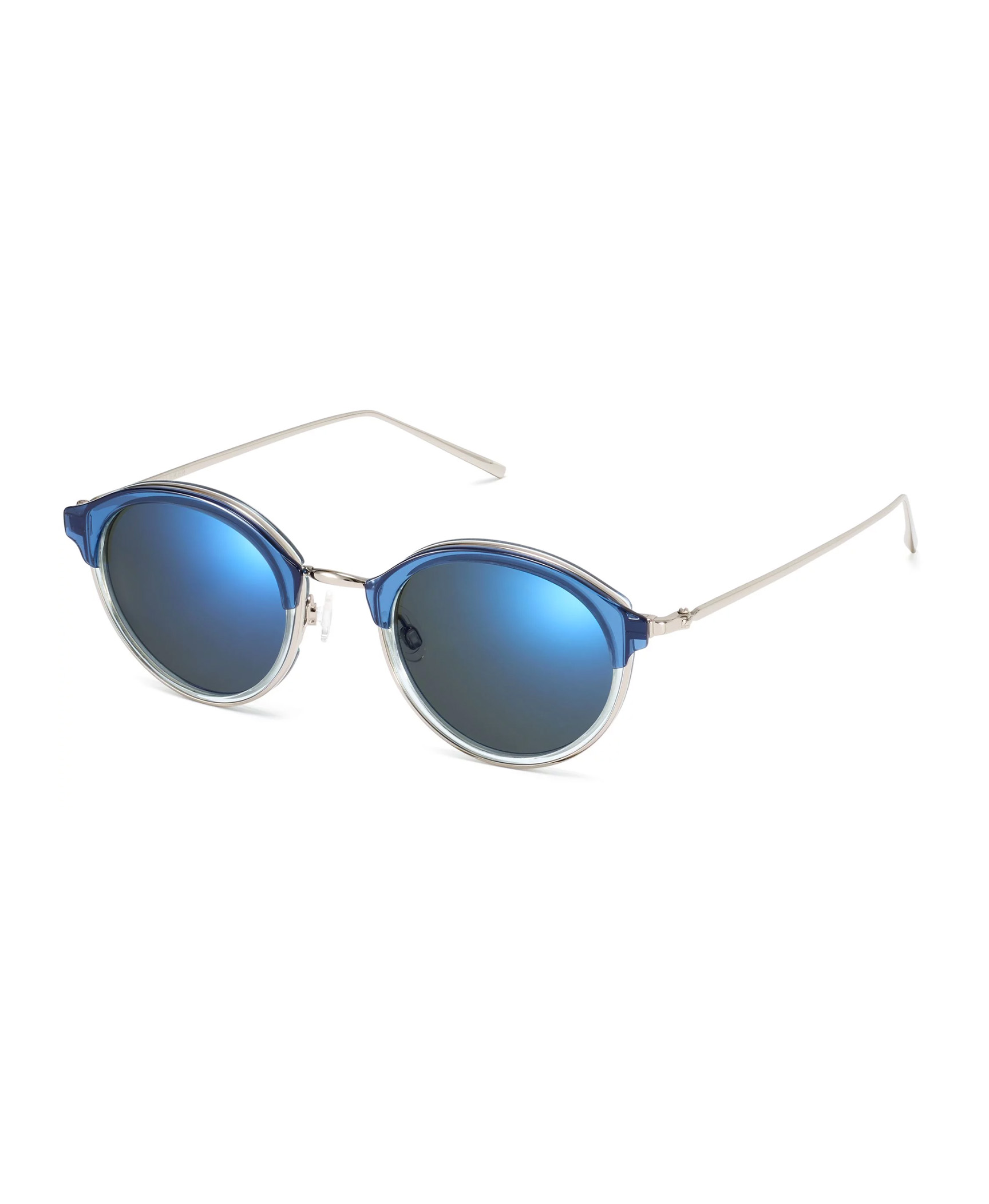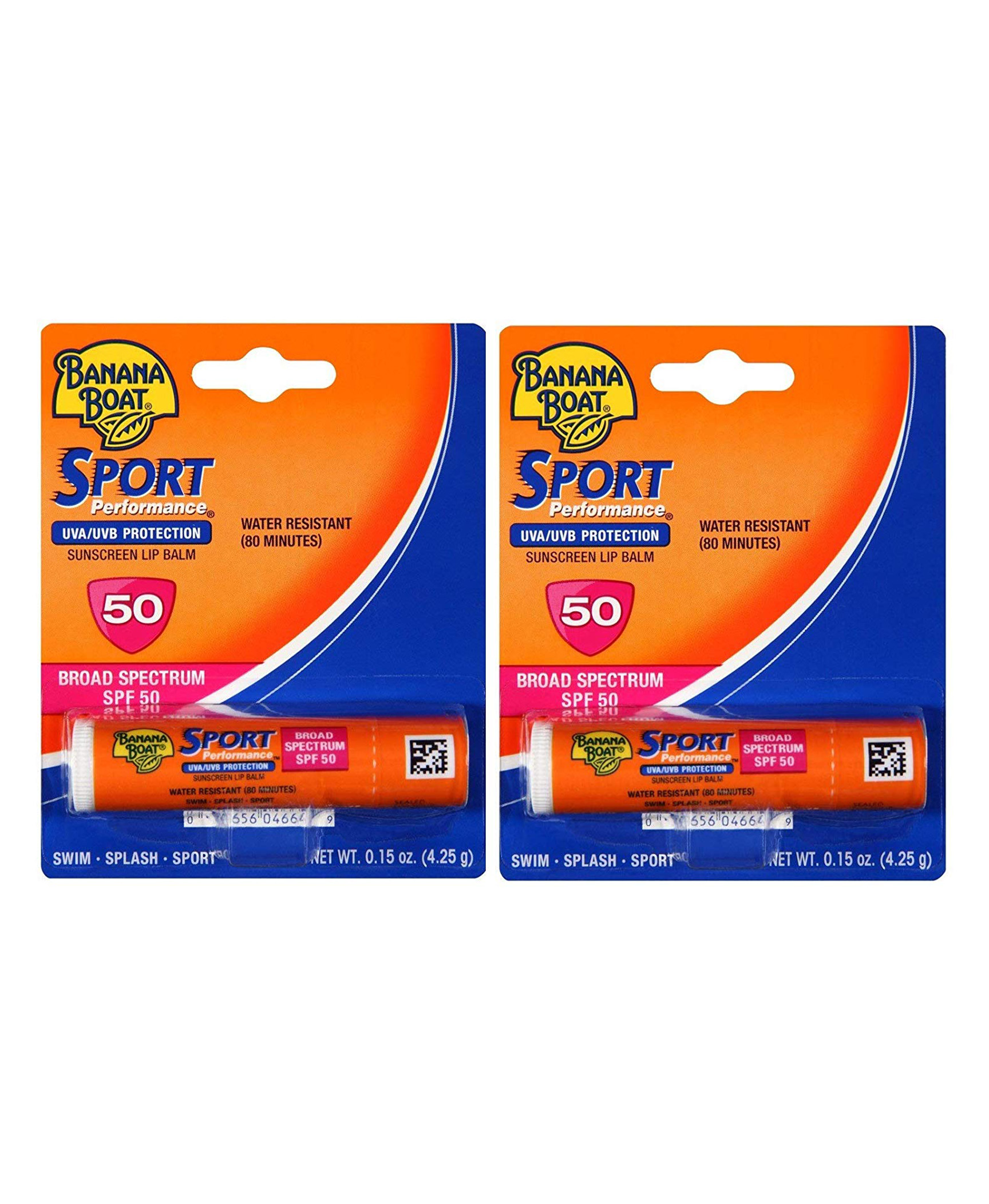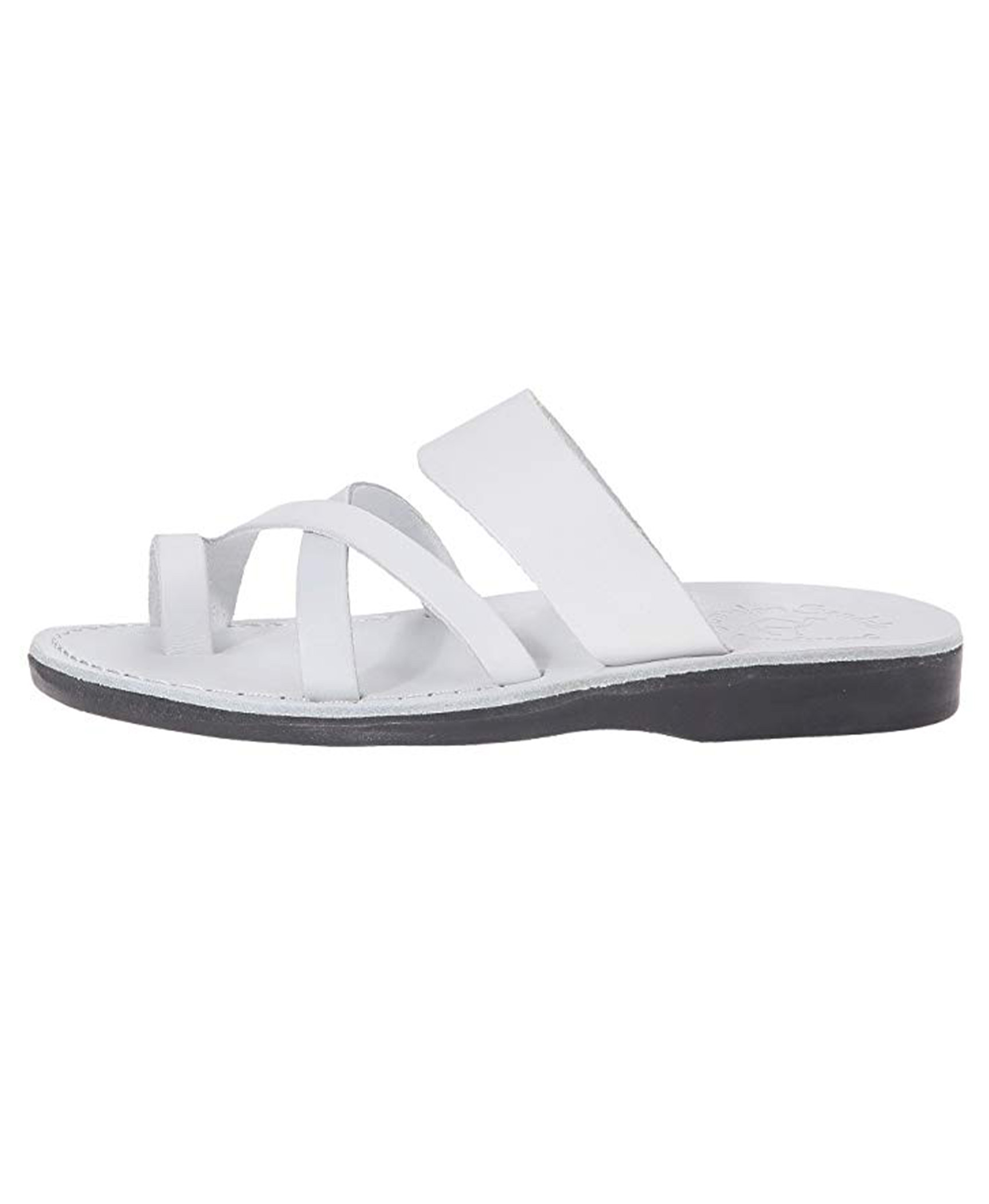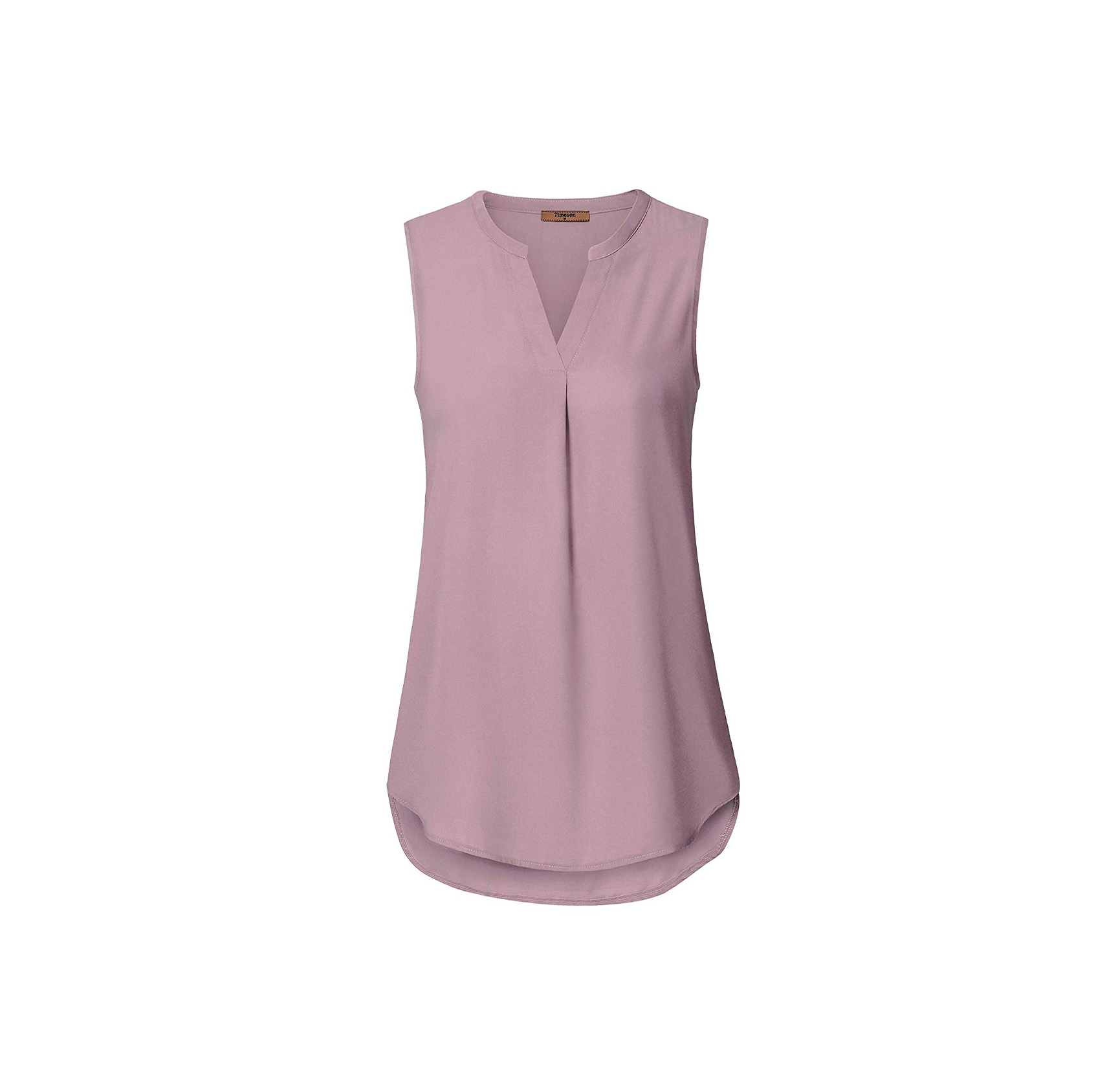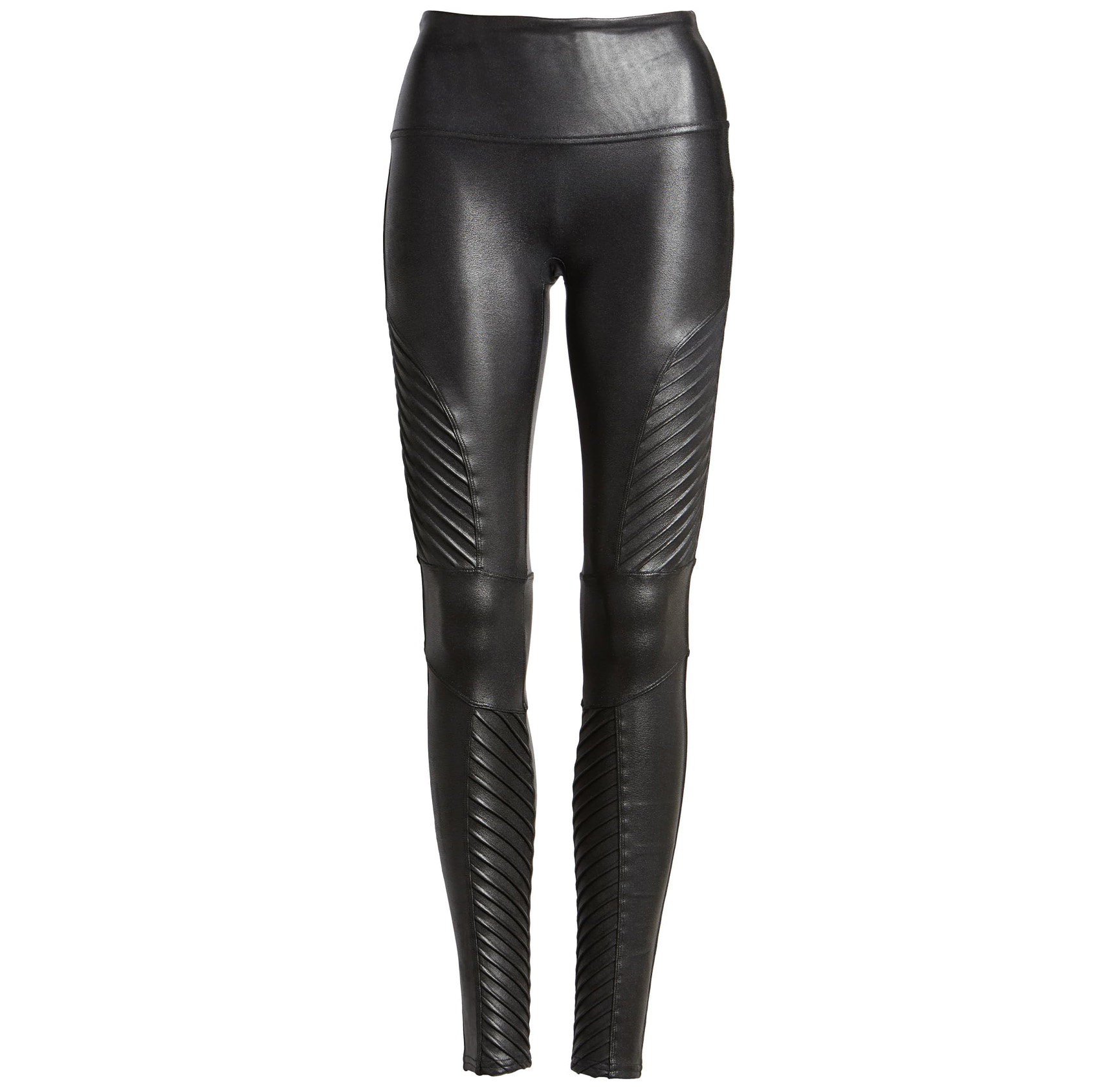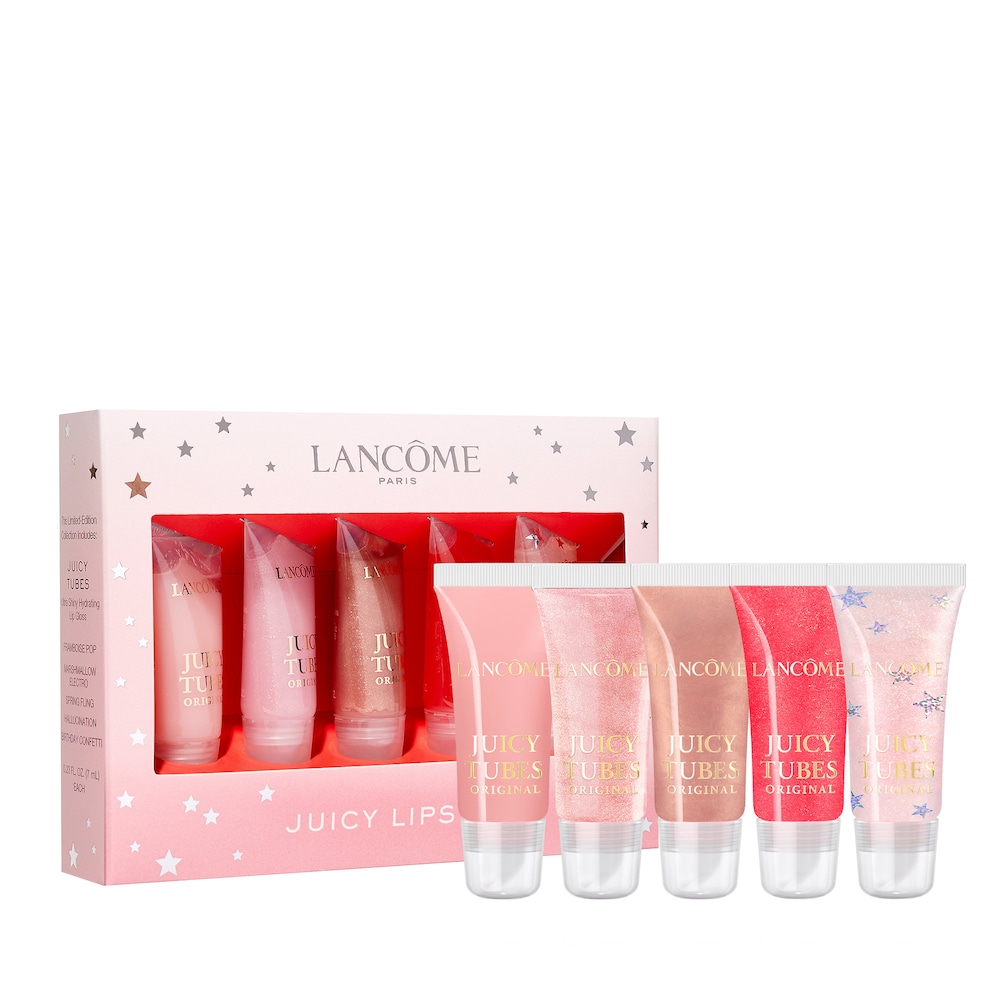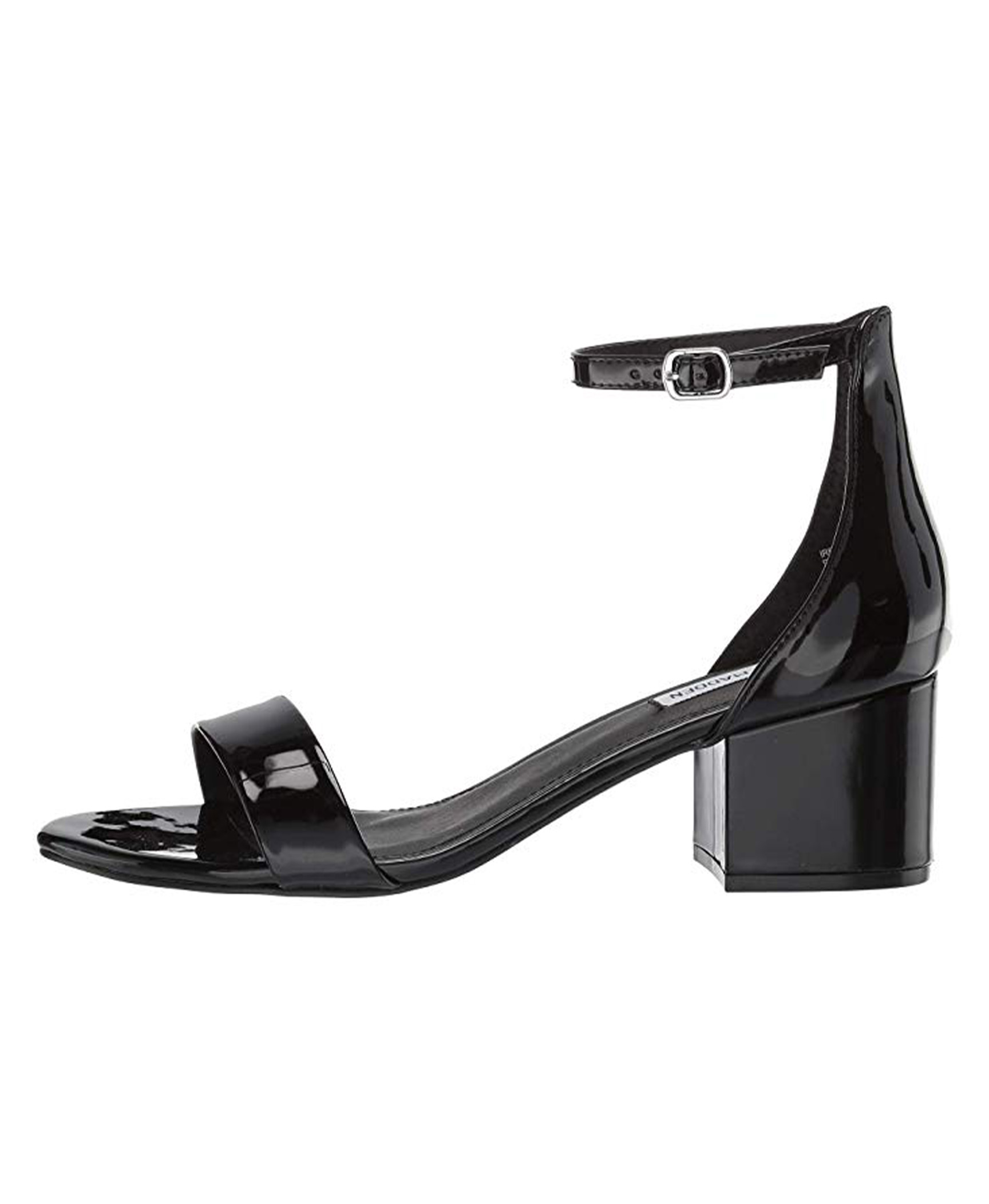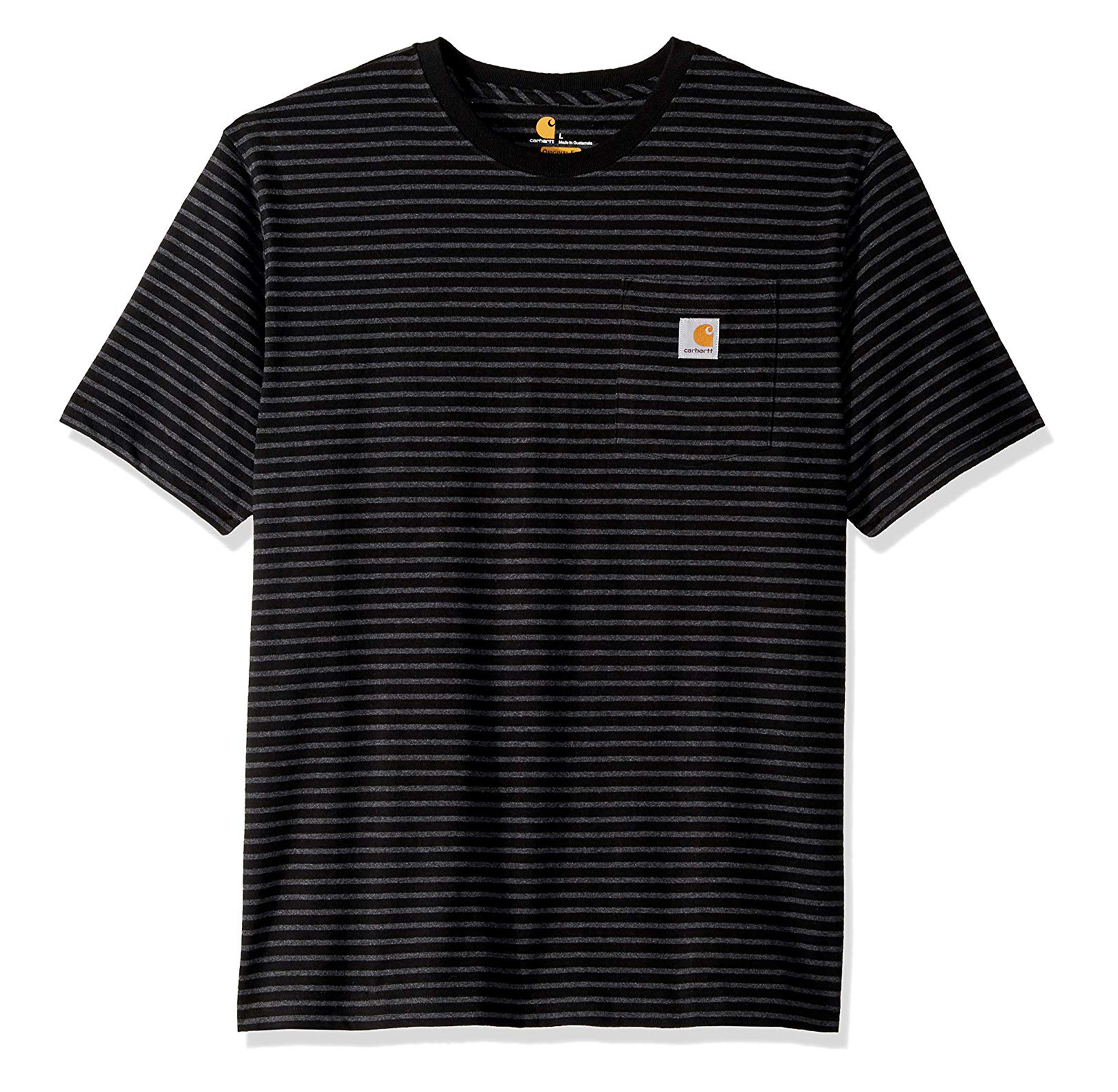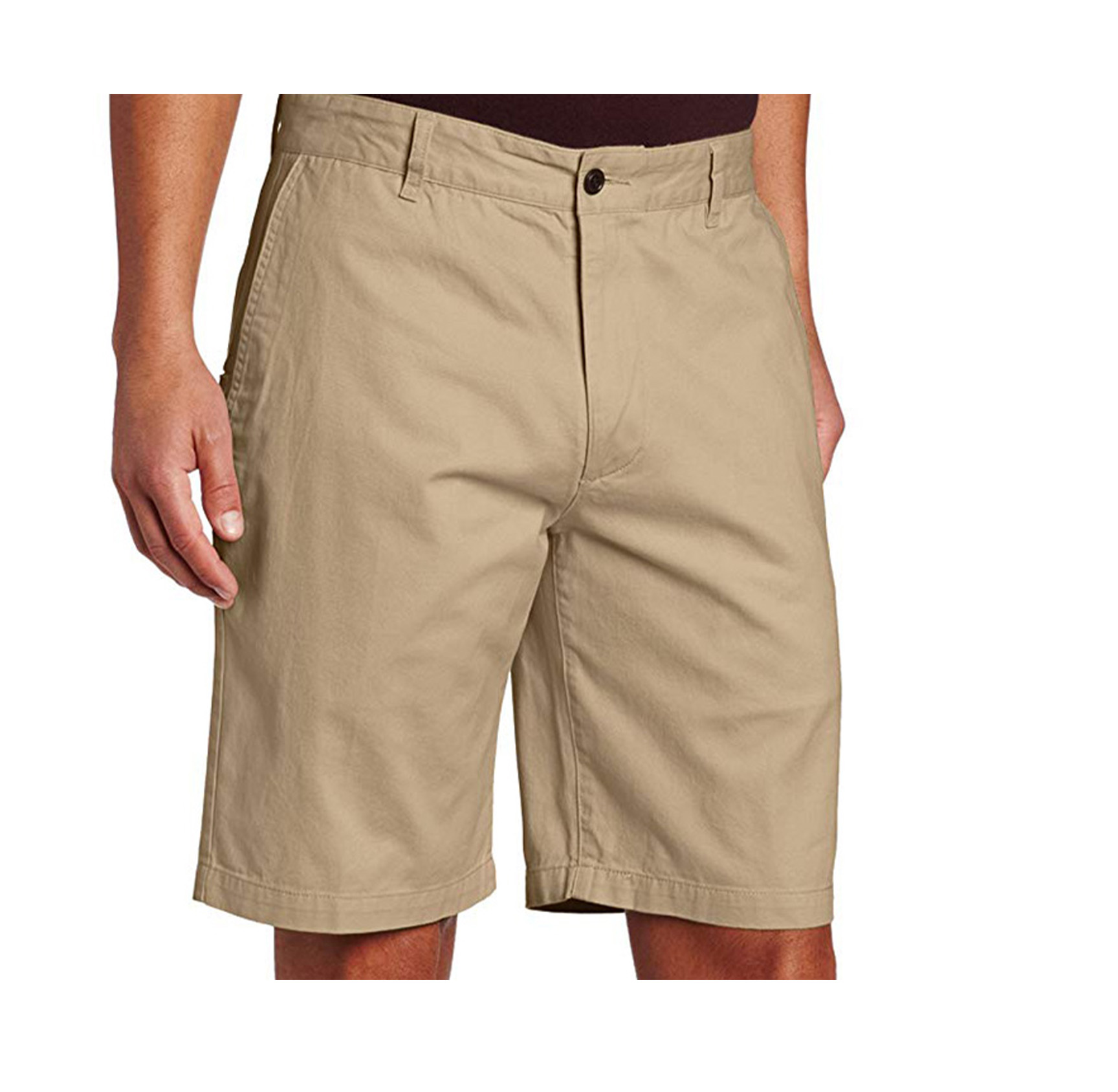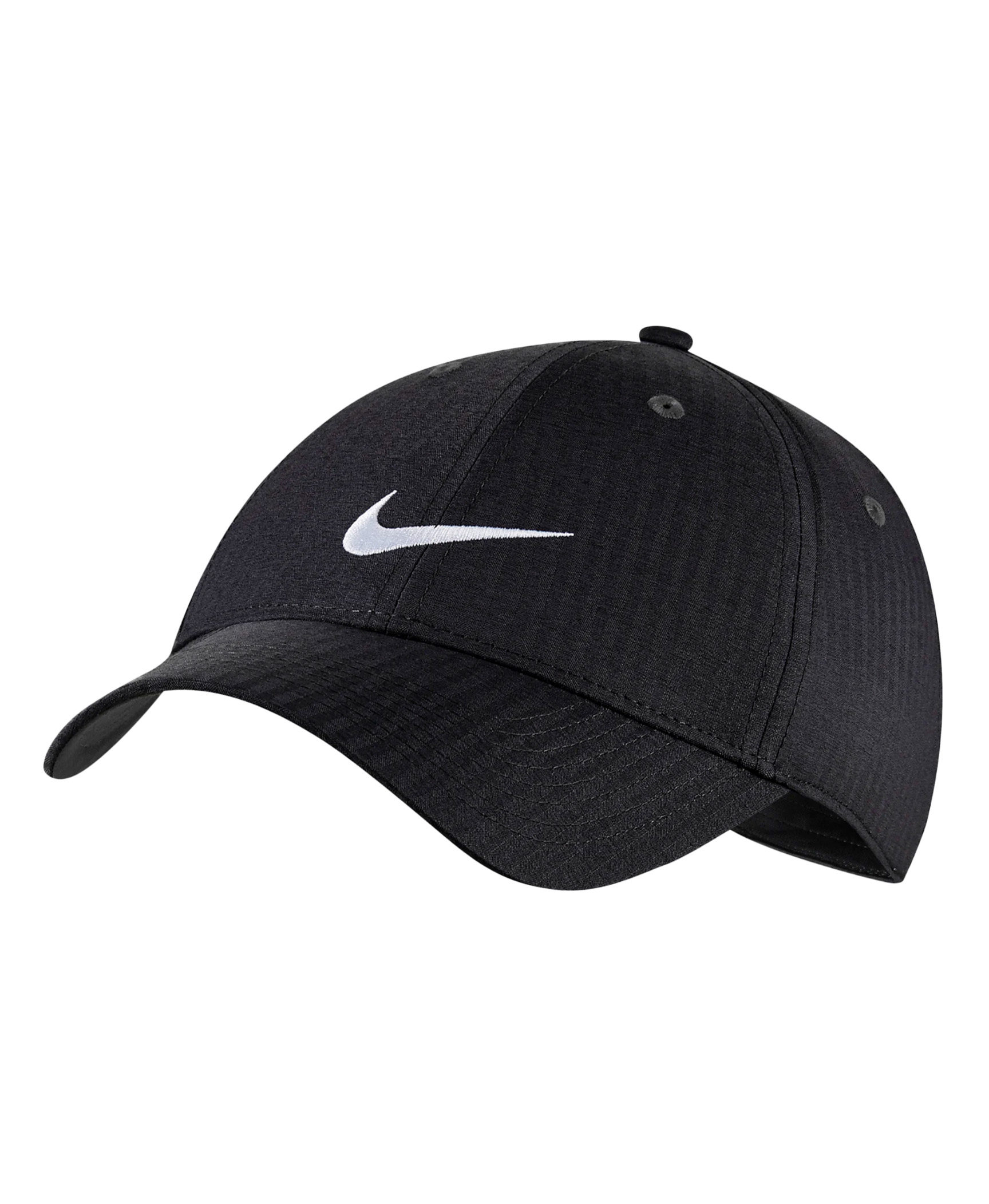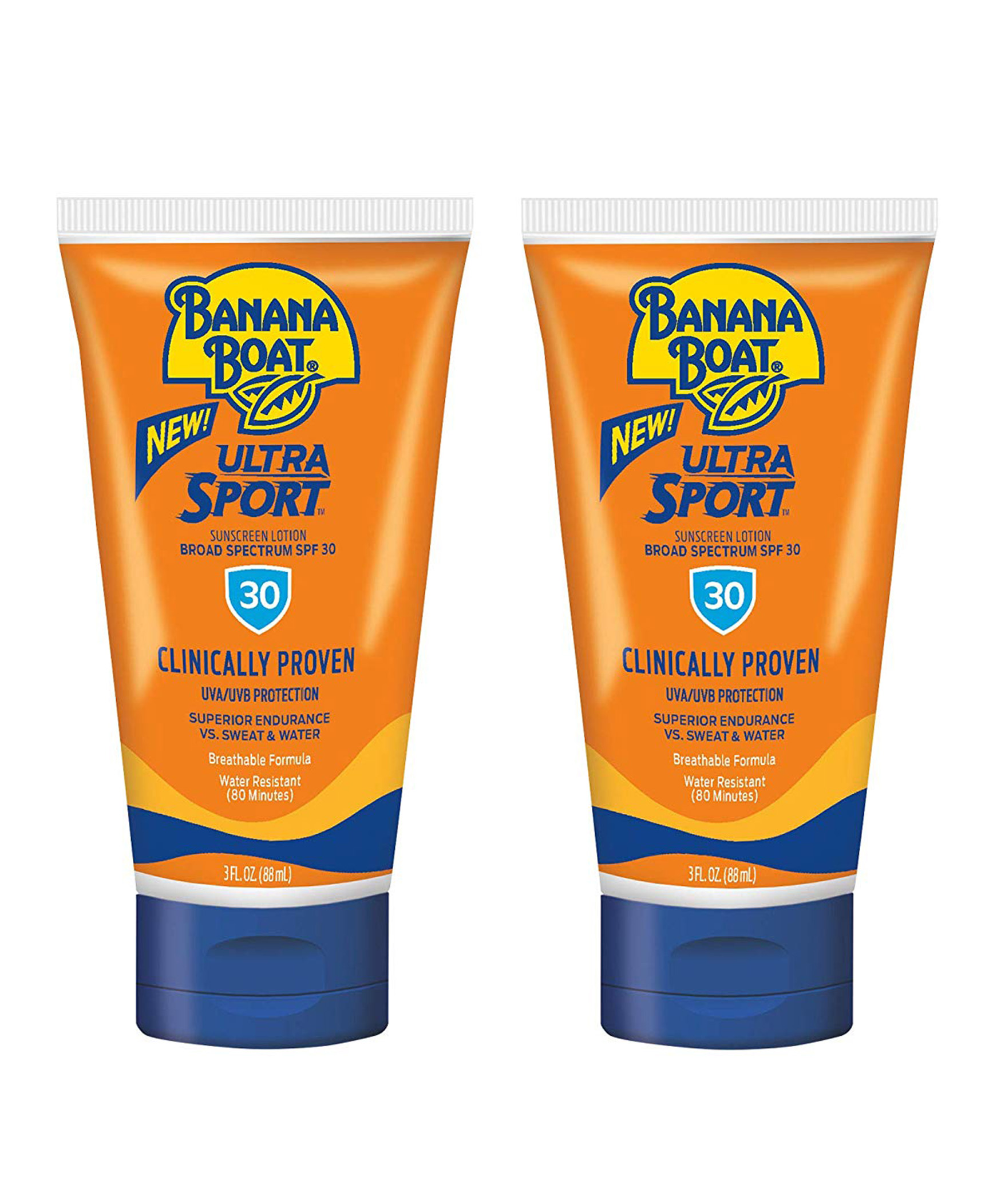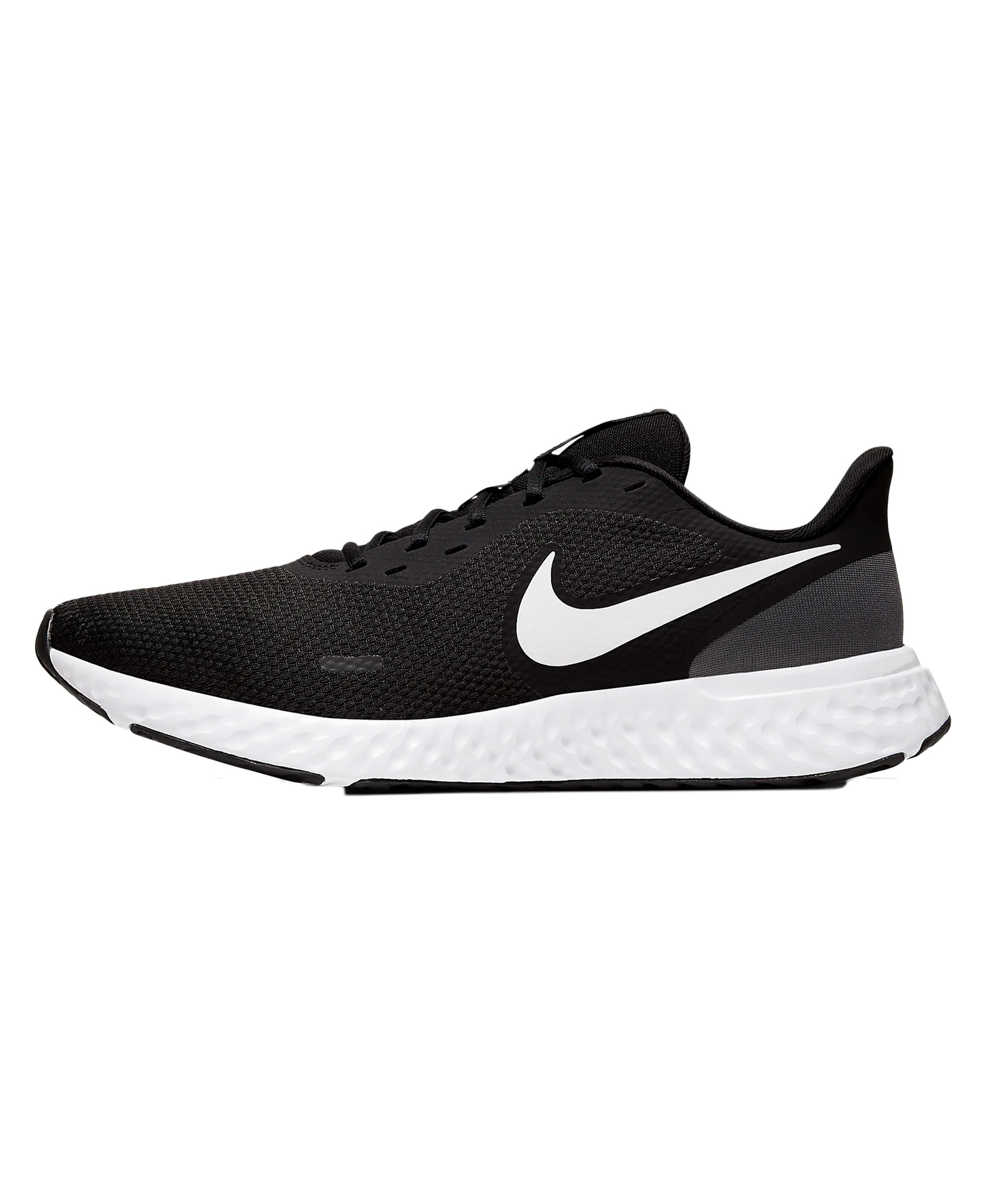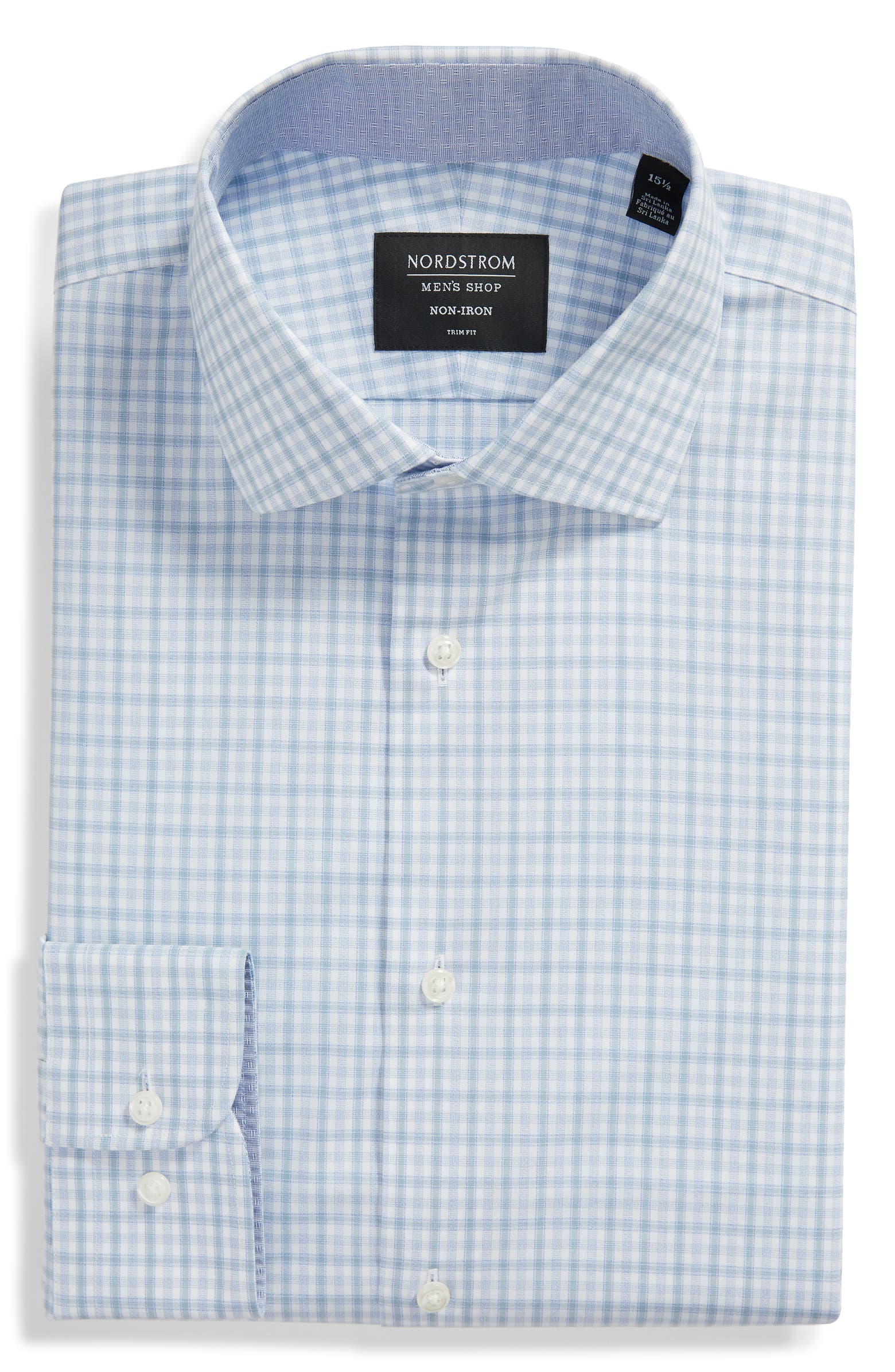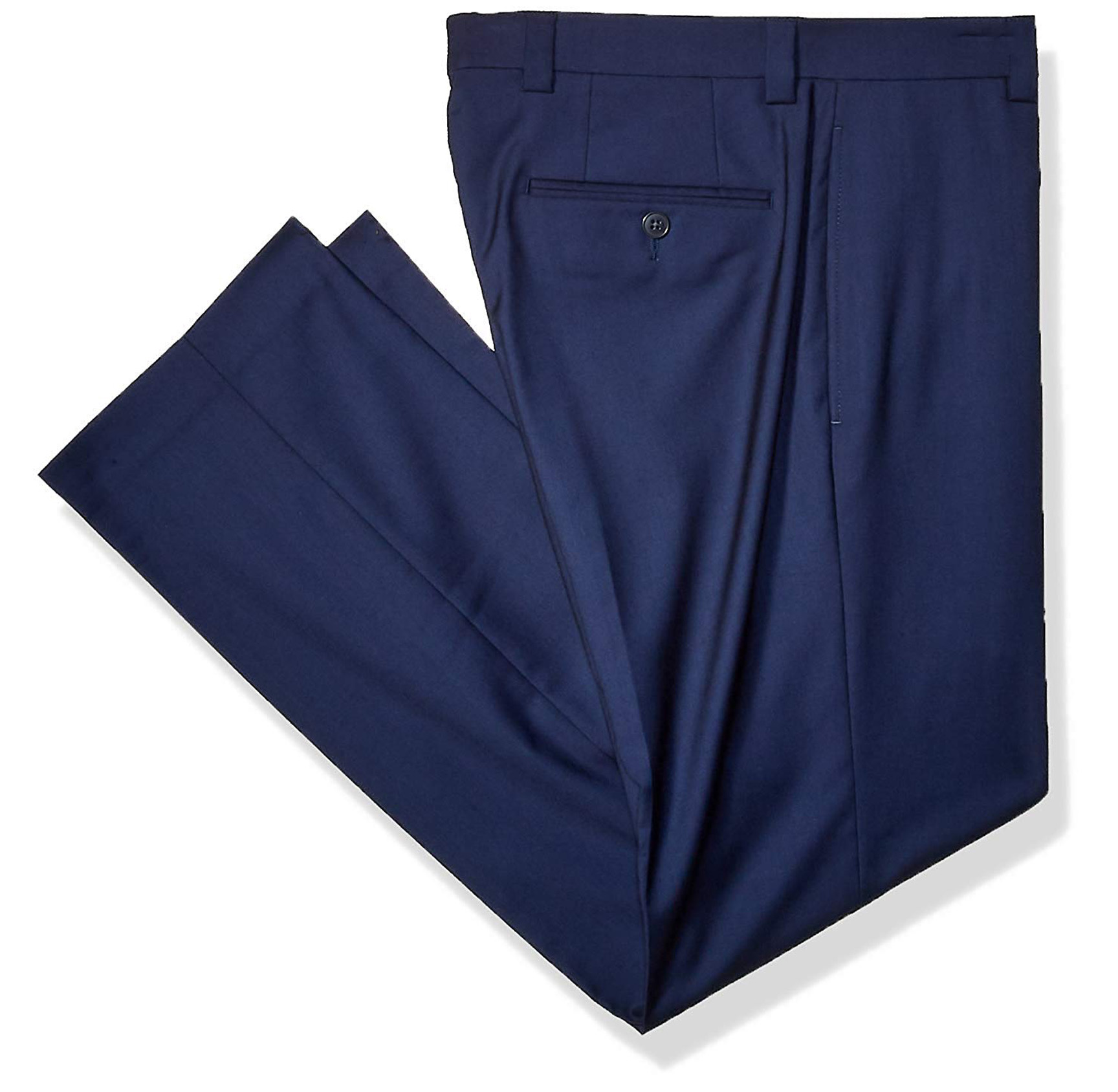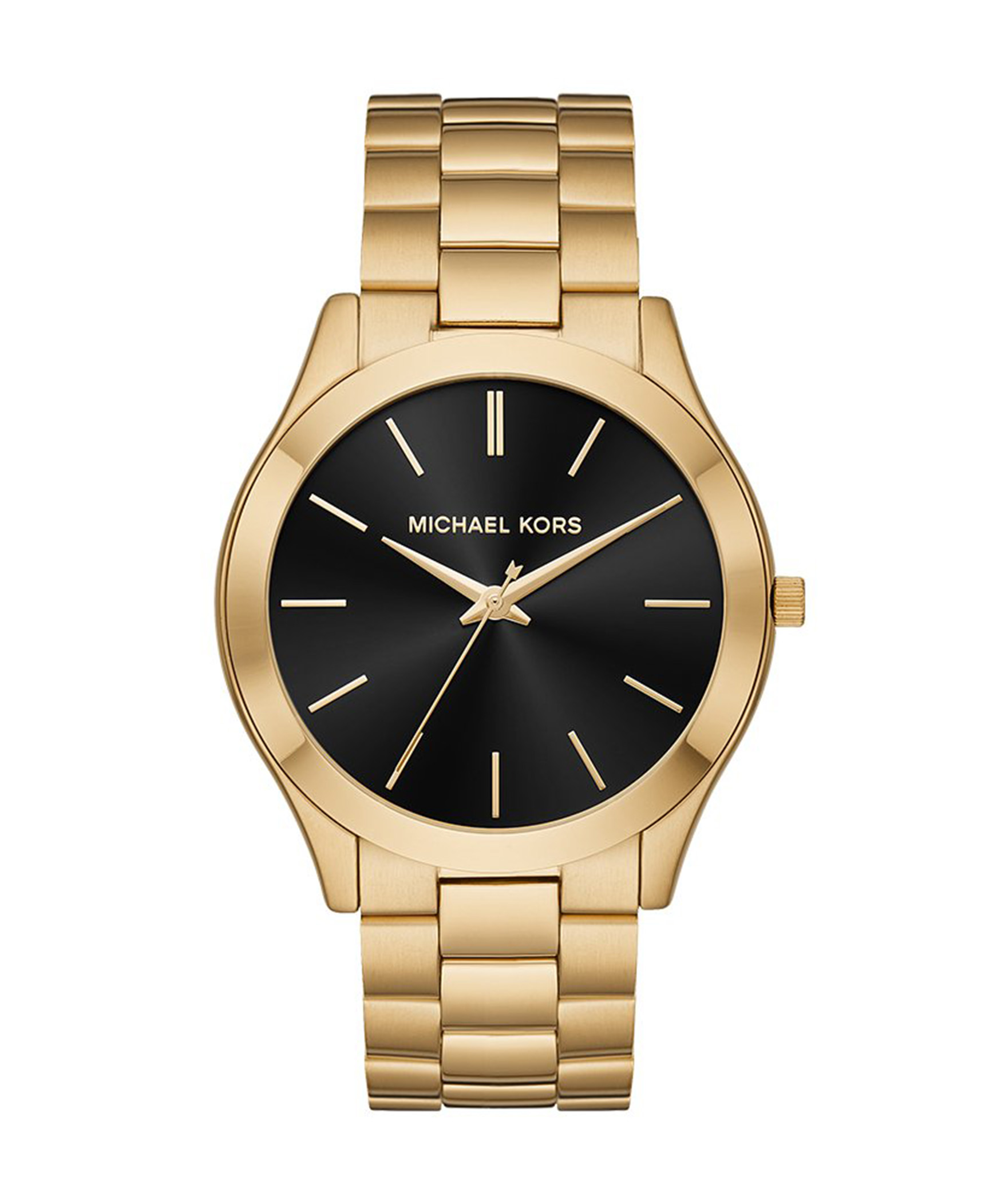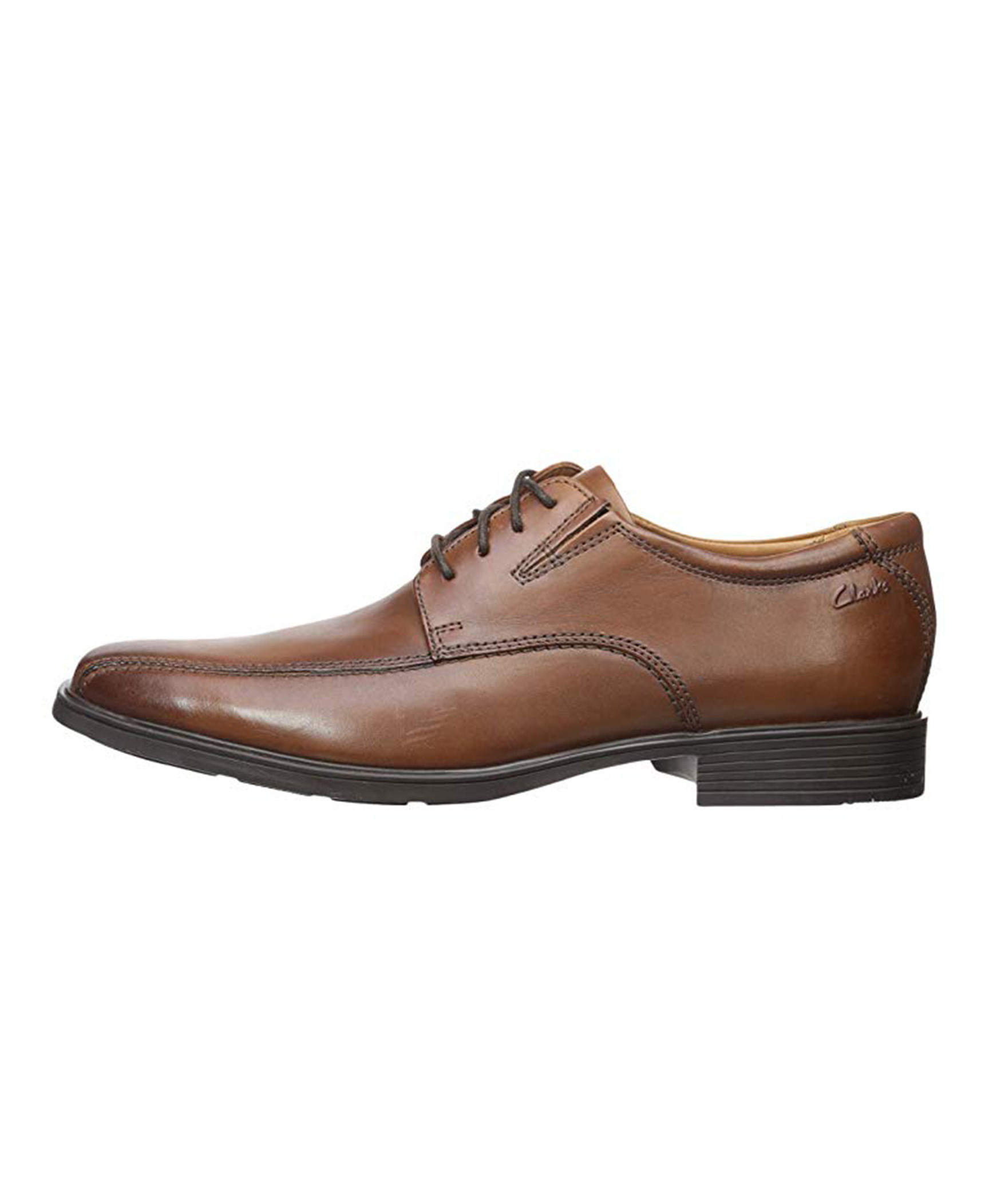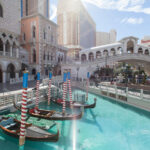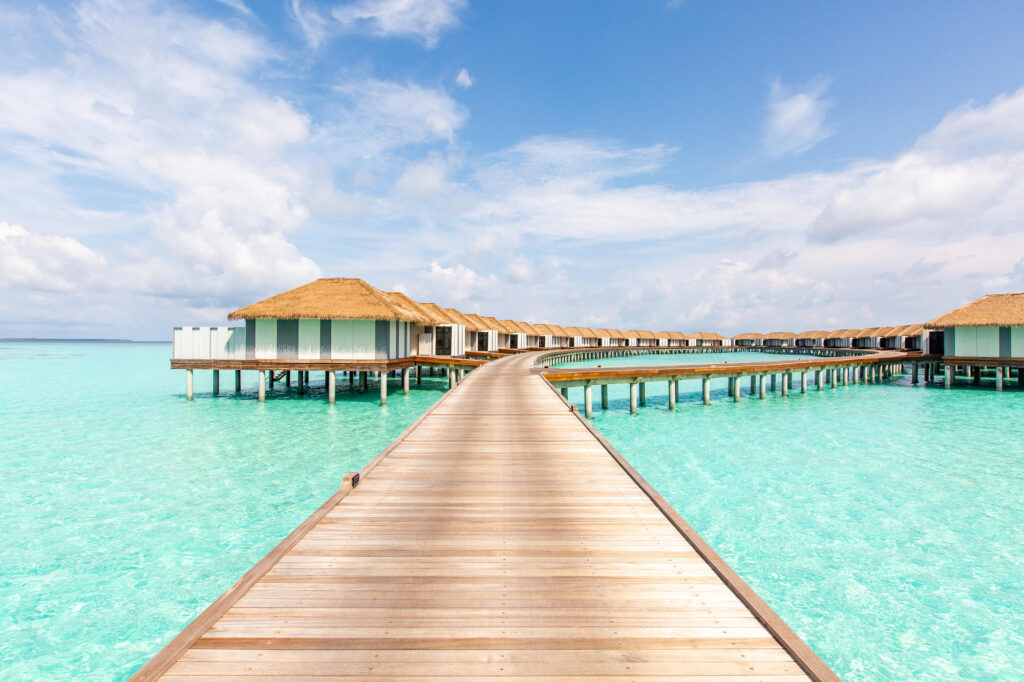 So Fresh at the Soneva Jani/Oyster
So Fresh at the Soneva Jani/Oyster
The Maldives is truly a bucket-list destination. The gorgeous Indian Ocean archipelago is a once-in-a-lifetime vacation that'll give you travel cred for life. But before you book your Maldives all-inclusive resort and decide to upgrade to an overwater bungalow, you might have some questions. Is Maldives dangerous? How expensive is Maldives? And, which month is the best month to visit Maldives? You've also got to figure out just how to get to your Maldives resort, and remember that the Muslim country has different customs than most beach destinations. But don't fear, we've done the reporting and taken the flights, to bring you everything you need to know about a vacation in the Maldives.
Looking to stretch your dollars on a Maldives vacation? Check out our favorite bang-for-your-buck Maldives resorts.
What’s The Best Month to Visit the Maldives?
Visiting the Maldives in January, February, and March: Diving Season Kicks Off
January temperatures in the Maldives are the most chill, with the thermometer hovering at a very comfortable 80 to 85 degrees. If you’re in the Maldives to dive, you couldn’t pick a better month than January. The lack of rain (under 10 inches per month) means calm waters and excellent visibility—plus the chance to see whale sharks. Moving into February, you’re going to get the longest days, with an average of 10 hours of sunlight per day. March is the last hurrah before monsoon season, and surf conditions get good. A change in current brings swells and light winds. You can’t go wrong with a Maldives visit in January, February, or March.
Visiting the Maldives in April, May, and June: Warmer Temps and Some Rain
April brings slightly warmer temperatures on land and in the ocean, making dips and dives more comfortable. May is the start of the Maldives’ wet season, and visitors can expect rainy days. Don’t worry, the rain usually comes and goes quickly, and brings amazing sunsets. June is still good for surfing and diving, though the days are short with seven hours of sun and the rain still falls between bursts of sunshine. Airfare drops between May and July, making this a more affordable time to visit Maldives.
Visiting the Maldives in July, August, and September: A Combination of Rain and Sun
The Maldives is a year-round destination, but summer is low season thanks to monsoons. July brings tropical storms and seven-foot swells—not ideal for diving. When the sun comes out, temps can soar into the triple-digits. August (and school holidays) bring tourists back to the Maldives, even though there’s occasional heavy rain and humidity. September is another rainy month, and visitors should expect showers nearly every day. That’s not to say you won’t see any sun, and the Maldives monsoon season shouldn’t deter you—especially if you want to save on airfare.
Visiting the Maldives in October, November, and December: High Season
Everything calms down in October. Less rain, more serene seas, and comfier temperatures. Unfortunately, the days are short with just six hours of sunshine. Like in summer, the change in weather makes November one of the cheapest months to fly to the Maldives. Temperatures are still high, reaching into the mid-to-high 80s or even 90s. December is the second-most expensive month to visit the Maldives due to the holiday vacation season. The southwestern monsoon pours down in December again before bidding the islands farewell by January.
The Best Things to Do in Maldives
What to do in the Maldives for Couples and Honeymooners: Spa, Sunset Cruise, and a Private Island
The Maldives are well-known as one of the world’s most coveted honeymoon destinations (and destination wedding spots), so don’t be surprised if it feels like everyone at your resort just got married. Of course, couples can take part in as many dive trips, surf outings, and resort activities as they see fit. But to get really romantic, book a Maldives resort that caters to grown-up relaxation. The Hurawalhi Island Resort offers a two-story spa, sunset cruises, AND a seven-course tasting menu at the world’s largest underwater restaurant. To really dial up the romance, consider renting a private island overnight at Maafushivaru.
What to do in the Maldives for Families: Dolphin Cruises, Sand Bar Swimming, and Manta Ray Sightings
Yes, families do visit the Maldives. They just have to search a little harder to find kids’ clubs and activities. Skip the overwater rooms, unless your kids are older and strong swimmers (in fact, some resorts don’t allow kids in overwater rooms at all, for safety reasons). Instead, choose a Maldives beach resort, such as Soneva Fushi—where all rooms are beachfront and the kids’ club, with a LEGO room and zip-line, is free. Families will also want to take a boat out to the protected marine park, Hanifaru Bay, to see and swim with manta rays. Dolphin cruises are another family favorite. There are four different dolphin species in the Maldives, and pods can swarm in the hundreds! Kids also love snorkeling and taking boat rides to sand bars (shallow and calm stretches of water that are very safe for swimming). Most resorts offer kid-approved activities like crab races and splashing in infinity pools.
What to do in the Maldives for Budget Travelers: Stay Near the Airport or Book All-Inclusive
It’s no secret that the Maldives is an expensive vacation destination. The cost of flying to Male International Airport from the United States, and then taking a sea plane to your resort probably costs more than a week’s vacation somewhere domestic. But that doesn’t mean you can’t make some budget-conscious decisions. Visiting in July and November can save cash on flights and room rates. Choosing an all-inclusive Maldives resort might cost more upfront, but you’ll save on meals, drinks, and activities in the long run. Remember that most islands only have one resort, so you won’t be able to shop around for restaurants. Staying on Hulhumale or Hulhule Island is also a money saver, though you will spend extra to get to activities and excursions.
What to do in the Maldives at Night: W Maldives and Drinks
The Maldives isn’t your typical party destination. Most tourists are in bed after dinner and a night cap. They want to be up early to dive, swim, and play. Plus, the inhabited islands are Muslim, and prohibit both drinking and PDA between couples on inhabited islands. If you want to party-on during your Maldives vacation, your very best bet is to book a resort with a night club and hearty roster of evening entertainment in the forms of dancing and shows. The W Maldives’ 15Below is the Maldives’ only underground nightclub. There’s a resident DJ and 95 different types of vodka.
What to do in the Maldives for Divers: Whale Sharks, Hammerheads, and Under-Island Snorkeling
The Maldives is home to some of the best large marine life viewing on the planet. Whether you want to scuba dive alongside whale sharks, cruise with dolphin pods, or snorkel for sea turtles and schools of tropical fish, the Maldives is a divers’ paradise. South Ari Atoll is celebrated for its year-round population of whale sharks—making it one of the most ideal places to see them in the world. The North Male Atoll has a high concentration of Manta rays, especially at protected marine park, Hanifaru Bay. For adventure seekers, the Rasdhoo Atoll is one of the only places in the world for Hammerhead shark dives. Or how about diving under an island? Some of the Maldivian islands are actually concave, so you can swim right underneath. Truly, memorable.
What to do in the Maldives for Surfers: Warm Water and Epic Swells
Surfers, take note of the subtle differences in the Maldives’ two surf seasons. The North Male Atoll’s surf season runs from April to October, while the Outer Atolls’ season is prime from February through April. Most resorts offer surf excursions (they might be included at all-inclusive resorts), though you’ll likely have to take a boat ride out to the good waves. Water temps stay in the low 80s year-round, so you’ll be good to surf in boardshorts.
Essential Things to Know Before Your First Maldives Vacation
Getting to the Maldives Is the Hardest Part
Arguably, getting to the Maldives is the most difficult part of this unbelievable beach vacation destination. The Maldives is made up of around 1,190 individual islands sprinkled across the Indian Ocean. Some of the islands are so small that they’re barely more than a strip of sand jutting out of the water (and in very real danger of being lost due to climate change). That means that, aside from the most populous island of Male, many Maldives islands are made up of a singular resort. First you have to fly to the Male International Airport (likely with an international layover in Europe or Asia). Once on Male, you’ll need to take a sea plane or boat (or both) to your resort. And, because there’s no set schedule for sea planes, you may find yourself waiting for hours (or even overnight at a nearby hotel) before your seaplane takes off. It might be less than convenient, but the sea plane ride is a memorable adventure on your dream vacation. Hello, Indian Ocean views! You’ll likely see dolphins.
Don’t Forget to Take Ramadan into Account in the Maldives
The Maldives is one of the only countries in the world that is 100 percent Muslim (Saudi Arabia is another). And while Muslim customs should be respected year-round, visiting the Maldives during the holy month of Ramadan has its own set of challenges. During Ramadan, the majority of the hotel and tourism staff will be fasting from food and water from sunrise to sunset, so they’ll likely be tired, and, well—hungry and thirsty. Ramadan falls on the ninth month of the Islamic calendar, so it’s slightly different every year. That’s not to say it’s negative to visit the Maldives during Ramadan, just be aware of the religious differences during that time period.
Don’t Plan on Easily Island Hopping in the Maldives
Out of the hundreds of islands within the Maldives, only about 200 are actually inhabited. These include islands with year-round, permanent populations like Male Island (where the international airport is located), as well as farming towns and fishing villages. There are also islands where tourists are prohibited from visiting, and there are man-made artificial islands like Huhulmale. Then there are the many uninhabited islands of the Maldives used as “picnic” islands for resorts, which tourists can visit for private meals and snorkel breaks. If you’re daydreaming about island hopping like you would in the Caribbean or Greece, think again. Sea planes and boats are the best way to get around, though the schedules are difficult to plan in advance and sea plane tickets can cost up to $800. The best way to see multiple atolls is to book day excursions via boat. Unless you have unlimited funds, stick to one resort.
Climate Change Is Impacting the Maldives
Climate change is already impacting the Maldives in a major way. Several dozen islands have disappeared due to erosion, tsunamis, and rising sea levels. The Maldives islands are made of coral, which is sensitive to rising temperatures (not to mention bleaching). Another problem is lack of potable water. Salty seas and flooding are interfering with the fresh-water aquifers. The government is making changes to save the Maldives. Don’t be surprised at seawalls built around the islands to help break waves. Pumps are also set up to bring sand out of the water and back to the beaches. What can you do as a visitor? Say no to single-use plastics, wear reef-safe sunscreen, and support organizations and politicians fighting climate change.
The Maldives are Completely Safe for Tourists
Crime and terrorism are concerns for anyone planning a vacation anywhere on the planet, but the Maldives is a safe country. As of the time of writing in 2020, the Maldives were given a Level 2 threat level from the U.S. State Department, which is the same as many Western European countries. Petty and violent crime are almost unheard of in the Maldives, which depends on tourism for economic survival. Still, use common travel sense. Make use of the in-room safes, don’t leave items unattended on the beach, and leave your valuable jewelry at home.
You Can Safely Drink the Water in the Maldives
Due to climate change (see above), clean drinking water is an issue in the Maldives. Most of the water you’ll be drinking has been recycled, treated, and produced via reverse osmosis desalination. This process makes the water safe for consumption, but it also pulls out all the natural minerals. And since you’ll be sweating out salts and minerals in the sun, you might find that you don’t feel as hydrated as usual—even after drinking lots of water. If you’re prone to dehydration (or plan on putting away multiple cocktails), pack some rehydration packets in your bag.
Spend the Night in an Overwater Bungalow in the Maldives
Admit it, all those postcard-worthy pictures of overwater bungalows at Maldives resorts are half the reason you want to go to the Maldives in the first place. We get it! They’re really stunning, and are an excellent way to soak up the Maldives sense of place (and uninterrupted Indian Ocean views). How much more memorable can you get than a room on a small island in the middle of the ocean? But not every overwater bungalow is created equal. The more budget-friendly options can have musty bathrooms and dated furnishings. Plus, families with kids should avoid overwater bungalows for safety reasons. This is an area where you get what you pay for. For instance, luxury Gili Lankanfushi only has massive rustic-luxe overwater villas with an open-air living room, direct lagoon access, a rooftop dining deck, a terrace sundeck, and top-notch amenities like Bose sound systems. See our hotel picks below for more options.
Don’t Get Naked in the Maldives
As we mentioned, the Maldives is a Muslim country. Tourists staying on islands that house only resorts will have more lax rules. Bikinis, alcohol, and PDA are completely fine (but topless and nude sunbathing is definitely a no-no). If you’re staying on an island inhabited by locals, customs are a bit more strict. Alcohol is rare and dress codes are conservative. You’ll be arriving at the airport on Male island, and it’s courtesy to alight from the plane properly covered. This means long-sleeved shirts and pants for women and men. The same dress code applies if you’re planning to visit or stay on an inhabited island as part of an excursion from your resort. Drugs are obviously illegal everywhere you go in the Maldives.
Where to Stay in the Maldives
Our Couples Hotel Pick Maldives: Jumeirah Vittaveli
The Maldives are a magnet for couples and honeymooners, so it’s no surprise that many Maldives resorts cater to romance. With stunning Indian ocean views, design magazine-worthy interiors, luxe overwater suites, and beach-front villas with private pools, the Jumeirah Vittaveli is our pick for an unforgettable couples’ escape. But it’s more than just an Instagram background. The five-pearl resort also offers a diving center, fitness center, yoga, spa, outdoor pool, and four restaurants. The nearest neighboring island is a 20-minute boat ride away, so expect peace and quiet.
Our All-Inclusive Maldives Hotel Pick: Centara Grand Island Resort & Spa Maldives
All-inclusive resorts are the way to go in the Maldives, since most islands are home to just one resort (there’s no option to dine elsewhere without a boat or plane ride). That said, true all-inclusive properties are few and far between. The Centara Grand is the exception to the rule. Rates include alcoholic drinks, a la carte meals, daily 30-minute massages, water sport rentals, Wi-Fi, and some excursions. The rooms are bright and spacious. Did we mention there’s a white-sand beach and a real shipwreck just offshore? You can definitely stay here and leave the wallet in your room overwater bungalow.
Our Family Hotel Pick for Maldives: Four Seasons Resort Maldives at Kuda Huraa
If your family is lucky enough to vacation in the Maldives, take them to the Four Seasons Resort Maldives at Kuda Huraa. The luxury hotel looks like a charming Maldivian village, with chic units that include a private pool—skip the overwater bungalow if you have little ones in tow. The kids’ club is excellent and ample breakfasts are included in the rate. Parents can consider dropping the kids off at the kids’ club for a day of supervised fun before hopping on a traditional Maldivian boat to the world class spa facilities. Water sports, a diving center, and a marine discovery center round out the family-friendly activities. Good luck getting your kids to leave.
Due to sea plane schedules and long flights from the United States, lots of travelers opt to spend a night near the Male International Airport before catching their resort transfer. If you want an affordable, clean, and convenient hotel to shower, sleep, and have breakfast before taking a reliable ferry shuttle back to the airport—the Hotel Octave is your spot. It also offers room service and has an attentive staff available 24 hours, in case of any late night arrivals.
Our Budget Hotel Pick for Maldives: KIHAA Maldives Island Resort & Spa
A seriously affordable bang-for-your-buck spot, KIHAA is known for its beautiful beaches, good food, and marine life—and it’s often half the price of similar resorts. There are two bars with decent all-inclusive cocktails, plus three restaurants for buffet and a la carte dining. The drawback is that it’s a 30-minute flight and a boat transfer from the Male Airport. But! The distance is worth it for divers, as the resort is recognized as a UNESCO World Biosphere Reserve with some of the best diving in the Maldives.
Our Luxury Hotel Pick for Maldives: Gili Lankanfushi
Go big or go home. Gili Lankanfushi is widely considered to be the top resort in the Maldives. What’s so special about it? It provides a magical combination of luxury and laidback attitude. Bare feet are encouraged (shoes are removed as soon as guests get on the boat from the airport), and each guest is taken care of by a personal butler. The overwater bungalows are both spacious and charmingly simple. Outdoor and rooftop decks provide some of the best views in the Maldives. Villas have Bose sound systems, pre-loaded iPods, and Nespresso machines. Extensive breakfasts include wheatgrass shots, artisanal cheeses, and chocolate truffles. Hello, luxury.
After all those Maldives vacation days and dollars, you might as well splurge on an overwater room. While many Maldives resorts offer this memory-making option, we love the Coco Bodu Hithi—it has different categories of overwater villas to suit individual needs and budgets. Water Villas sit on stilts above the lagoon and have beautiful views and direct water access from the ladder for easy snorkeling. The large bathrooms have rear-facing outdoor showers and designer bathtubs. Escape Water Villas are a step up in size, and come with a separate living space and built-in bar. Floor-to-ceiling windows in the bedroom look straight onto the water. Escape Water Residences are located on a separate jetty for more privacy, and come with even more space in the living and dining area. You may never want to sleep on land again.
Our Outfit Picks for the Maldives
Related Stories
- 10 Things You Should Never, Ever Do in the Maldives
- 12 Unforgettable Experiences You Must Have in the Maldives
- 17 Things We Wish We Knew Before We Went to The Maldives
All products are independently selected by our writers and editors. If you buy something through our links, Oyster may earn an affiliate commission.

